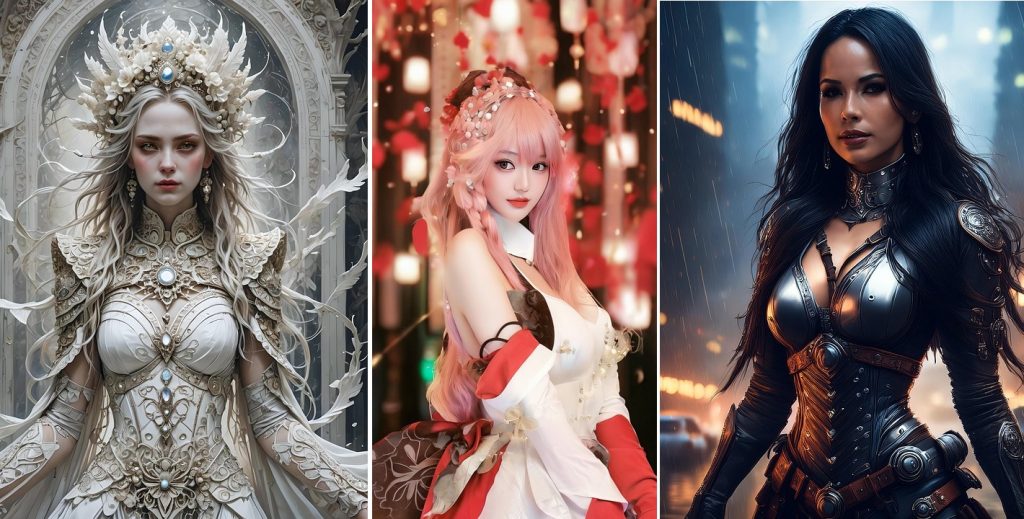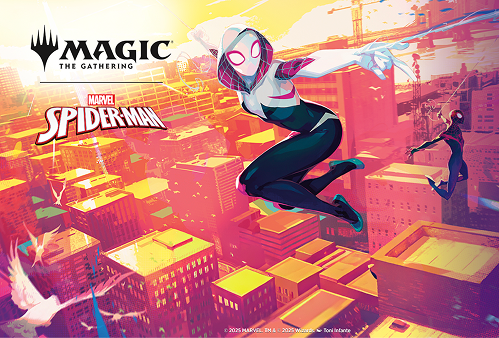
- MyRepublic
Cosplay has always been about creativity, self-expression, and, let’s be honest, a lot of glue gun burns. But in recent years, cosplay has taken an exciting digital turn. With virtual spaces, AI-generated costumes, and digital avatars, bringing your favourite characters to life no longer requires hours of sewing or an overflowing prop closet.
Welcome to the world of virtual cosplay in Singapore—where you can transform into your favourite character without even leaving your house (or worrying about con crunch). In this article, we’ll dive into how virtual cosplay is changing the game, the tech that makes it possible, and what the future of digital dress-up looks like.
What is Virtual Cosplay?
It comes in different forms: some cosplayers dress up physically but connect with online communities instead of attending in-person events. Others create digital avatars using AI filters and VR technology to embody their characters in virtual spaces. There’s also in-game cosplay, where players customise their game characters to replicate iconic looks. And then there’s AI-powered cosplay, where filters, augmented reality, and digital enhancements allow for real-time transformations.
Imagine bringing your favourite anime or gaming character to life without ever stepping into a convention hall. That’s virtual cosplay in a nutshell!. Whether through live-streaming, gaming, or social media, virtual cosplay is reshaping how fans express themselves and engage with their favourite fandoms.
How does Virtual Cosplay work?
- VR & AR Avatars: Platforms like VRChat and augmented reality apps let users create and embody virtual avatars of their favourite characters, making cosplay more interactive and immersive.
- AI-Generated Costumes & Filters: Think Snapchat filters, but supercharged—AI can generate detailed digital outfits, custom face filters, and even animate expressions to mimic real-life emotions.
- VTubing & Motion Capture: Motion-tracking suits and software allow users to control their avatars in real time, making virtual cosplay feel even more dynamic. If you’ve ever seen a VTuber streaming as an anime character, that’s the same tech at play.
- In-Game Character Customisation: Many cosplayers use in-game tools to dress up their digital personas, recreating iconic looks within games like The Sims, Final Fantasy XIV, and even Fortnite.
The Appeal of Virtual Cosplay
Why are more cosplayers turning to digital transformations? For one, it’s often more accessible—cosplayers can choose to forgo expensive fabric, wigs, and EVA foam, though many still invest in both physical and virtual accessories.
More importantly, virtual cosplay makes it easier for cosplayers in Singapore to connect with a global audience, allowing fans to showcase their creativity beyond physical events. It’s also a lifesaver for those short on time or space (not everyone has room for a full suit of armor in their closet).
But beyond convenience, virtual cosplay opens up endless creative possibilities—changing outfits, experimenting with new styles, and even mixing fantasy elements that wouldn’t be possible in real life.
How do Virtual Cosplay communities Connect?
Virtual cosplay isn’t just a solo activity—it’s a thriving online community. Whether you’re showing off your look, joining digital cosplay meetups, or streaming as your favourite character, there’s a platform for everyone:
- TikTok, Twitch & YouTube: Perfect for showcasing transformations, tutorials, and live-streaming as a character.
- VRChat & Metaverse Spaces: Host virtual cosplay gatherings and interact as your character in real-time.
- AI & Digital Art Communities: Digital artists are teaming up with cosplayers to create detailed character designs and interactive experiences.
- Gaming Platforms: Online games with robust character customisation tools allow cosplayers to recreate and showcase their favourite characters.
Challenges & Criticism
Of course, virtual cosplay isn’t without its debates. Some argue that digital costumes lack the craftsmanship of traditional cosplay, while others worry that not everyone has access to high-end VR or motion-capture tech. There’s also the tricky issue of copyright—how do digital cosplayers navigate using AI-generated outfits based on existing characters? While the virtual scene is still evolving, these discussions will shape how digital cosplay is embraced in the future.
The Future of Virtual Cosplay
The possibilities for virtual cosplay are endless. With AI-driven character interactions, fully immersive VR experiences, and evolving digital tools, the line between cosplay and virtual reality is blurring more than ever. Will we see full-body holograms at conventions? AI-powered cosplay assistants? Only time will tell. One thing’s for sure—virtual cosplay isn’t just a trend, it’s a new frontier for self-expression and fandom.
Virtual cosplay is opening up a whole new world for fans—literally. Whether through VTubing, AI filters, or VR avatars, cosplayers are finding new ways to express their love for their favourite characters, all without needing a needle and thread. While it may never replace traditional cosplay, it’s certainly here to stay, offering a fun, accessible, and ever-evolving way to step into a different world.



















